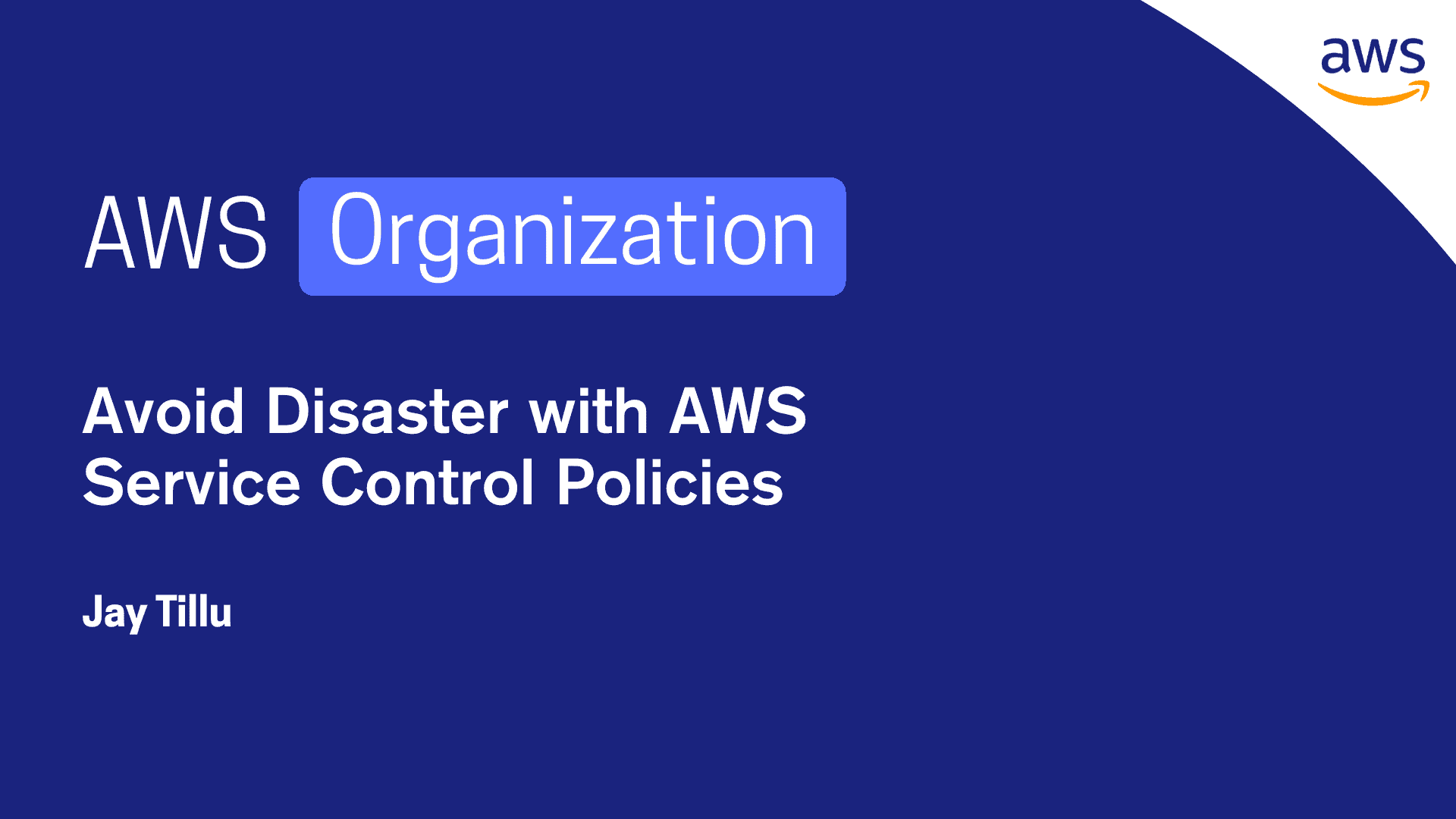Table of Contents
AWS Service Control Policies (SCPs) are your first line of defense when managing multiple AWS accounts under an Organization. They define what actions are allowed or denied, helping you avoid misconfigurations and security risks before they happen.
Arjun had just finished setting up an AWS Organization for his growing startup. With one Management Account, a few OUs (Organizational Units) like Dev, Prod, and HR, and multiple Member Accounts, he felt on top of the world.
Until chaos struck.
Someone in the Dev account spun up a massive EC2 instance—one that wasn’t budgeted for.
“How did this happen?” Arjun muttered, scrolling through logs.
The IAM permissions were fine. Each team only had what they needed. But there was nothing stopping them from doing anything within the scope of those permissions.
That’s when Arjun discovered the missing piece of the puzzle:
Service Control Policies (SCPs) — The ultimate permission boundaries for AWS accounts.
🧱 What Are AWS Service Control Policies?
SCPs were introduced in 2017 as part of AWS Organizations to help control what actions accounts in the organization are allowed to perform, regardless of their IAM permissions.
Think of SCPs like a master kill switch.
If IAM is the key to the door, SCPs decide whether the door exists at all.
Arjun read the official doc:
“SCPs don’t grant permissions. They only define the maximum permissions an account can use.”
He smiled.
“Perfect. Exactly what I need.”
🔍 How AWS Service Control Policies Enforce Boundaries
Service Control Policies (SCPs) are like guardrails. They define what actions can or cannot be performed in any AWS account inside an Organization—regardless of what the IAM permissions say.
Think of IAM as the “yes or no” at the user level, and SCPs as the “yes or no” at the account or OU level.
If IAM allows something, but SCP denies it — it’s denied.
If IAM denies something, but SCP allows it — it’s still denied.
SCPs don’t grant permissions. They only set the maximum permissions.
IAM vs SCP – Why SCP Comes First
Arjun drew a simple diagram for his CTO:
| IAM | SCP | |
| Grants Permissions? | ✅ Yes | ❌ No |
| Controls Who? | Users, Roles | Entire Account (incl. root) |
| Deny Capable? | ✅ Yes | ✅ Yes |
| Part of Org? | ❌ Optional | ✅ Requires AWS Org (all features) |
| Use Case | Give devs access | Restrict misuse at org/account level |
IAM is local defense.
SCP is organization-wide governance.
That day, Arjun created the first SCP and attached it to the Dev Organizational Unit (OU):Copy
jsonCopyEdit{
"Version": "2012-10-17",
"Statement": [
{
"Effect": "Deny",
"Action": "*",
"Resource": "*",
"Condition": {
"StringNotEquals": {
"aws:RequestedRegion": "ap-south-1"
}
}
}
]
}
Outcome?
All accounts in the Dev OU were restricted to Mumbai (ap-south-1) — no matter what IAM role they had.
🧰 Real-World Use Cases of AWS Service Control Policies
| Goal | SCP Strategy |
| Restrict region | Deny aws:RequestedRegion != ap-south-1 |
| Block expensive services | Deny athena:*, redshift:* |
| Prevent IAM changes in Prod | Deny iam:* |
| Stop root abuse | Deny dangerous actions like kms:DeleteKey, ec2:TerminateInstances |
🎓 What You Need to Know for the SAA Exam
Here’s what AWS SAA aspirants like Arjun should remember:
| Concept | Meaning |
| SCPs do NOT apply to Management Account | Always full access |
| SCPs are guardrails | They don’t grant permissions—just limit them |
| Explicit Deny wins | Even if IAM allows something, SCP can deny it |
| SCPs apply at OU and Account level | You can scope control broadly or narrowly |
| Use with IAM for full control | IAM = access inside accounts, SCP = access boundaries across accounts |
🚀 Why SCPs Matter in the Real World
- Enforce security policies across all accounts.
- Prevent accidental spending or risky actions.
- Centralized compliance and control.
- Useful in large enterprises, regulated industries, and multi-team setups.
Even if your team members are IAM users in one account today, as you grow, SCPs become the backbone of good cloud governance.
🧠 Final Words from Arjun
Arjun realized that without SCPs, managing access across AWS accounts was like locking doors but leaving the house wide open.
With SCPs in place, he now had complete clarity and centralized control—a must-have for any cloud architect aiming for scalability, security, and sanity.
Read More on AWS Advanced IAM
- Avoid Disaster with AWS Service Control Policies
- AWS Resource Control Policies Made Easy
- AWS Organizations: Secure Cloud Setup
